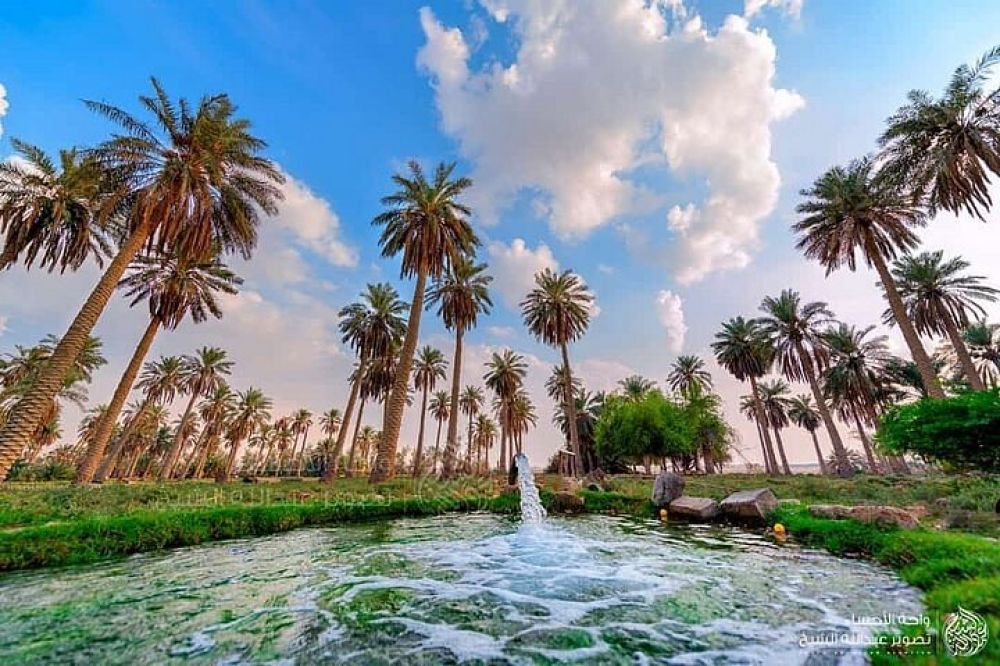

The Al Ahsa Oasis, located in the eastern region of Saudi Arabia, is an area steeped in history, culture, and natural beauty. Known as the largest self-contained oasis in the world, it is a vital part of Saudi Arabia's heritage and has played a significant role in its development, especially through agriculture and early settlements.
Tourism in Al Ahsa has traditionally been based on its cultural and historical significance. As a crossroad of ancient civilizations, Al Ahsa has been a meeting point for different cultures for centuries. The oasis is home to a wealth of archaeological sites, traditional villages, and lush palm groves, all of which have drawn visitors from around the region for many years. In recognition of its value, UNESCO declared Al Ahsa Oasis a World Heritage Site in 2018, which has spurred increased interest and investment in the area as a touristic destination.
Visitors to Al Ahsa can explore a variety of attractions, including:
In line with Vision 2030, Saudi Arabia's ambitious plan to diversify its economy, Al Ahsa has seen significant developments to become a more appealing destination for both domestic and international tourists. Some of the latest trends in tourism include:
When planning a trip to Al Ahsa, visitors should consider the local climate, as temperatures can be very high, especially during summer. It's best to visit during the cooler months from November to February. Additionally, guests are encouraged to respect local customs and dress conservatively to align with cultural norms.
With its combination of natural beauty, historical depth, and cultural wealth, Al Ahsa continues to evolve as a standout destination in Saudi Arabia's growing tourism sector.